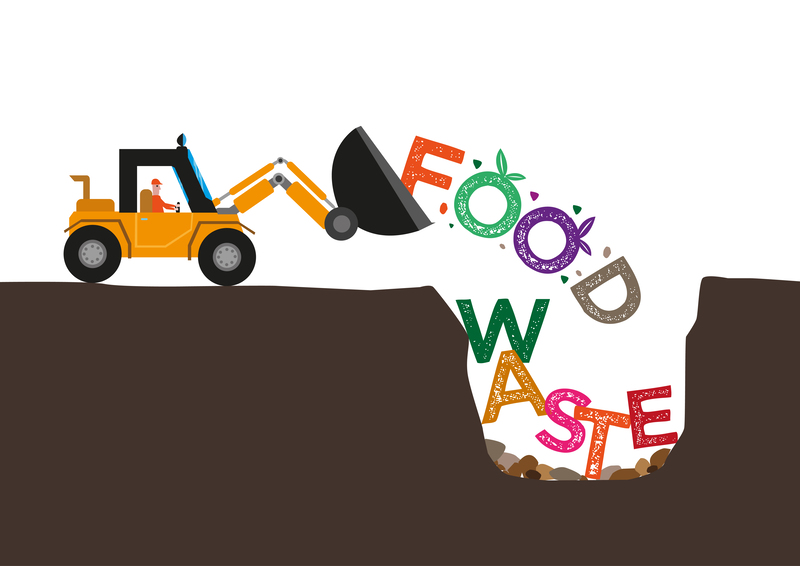Reducing Wardrobe Waste
Posted on 19/02/2025
Wardrobe waste is an increasingly urgent environmental issue. Every year, millions of tons of clothing are discarded, contributing to overflowing landfills and environmental pollution. As consumers, it's our responsibility to make more sustainable choices to help reduce this waste. By adopting environmentally friendly practices, we can significantly cut down on the amount of clothing that ends up in landfills.
Buying Less, Choosing Wisely
One of the most effective ways to reduce wardrobe waste is by minimizing your purchases. Fast fashion encourages consumers to buy more clothing at low prices, which often leads to over-consumption. Instead, invest in high-quality garments that stand the test of time. Consider classic pieces that won't go out of style quickly.

Embracing Second-Hand Clothing
Thrift stores, consignment shops, and online marketplaces offer a plethora of gently-used clothing options. Embracing second-hand shopping not only helps reduce waste but also supports local businesses and promotes a circular economy.
Donating and Recycling Unwanted Clothes
When you no longer need certain items in your wardrobe, consider donating them to charitable organizations. Many organizations accept gently-used clothing and distribute them to those in need. Recycling programs also exist for textiles that are no longer wearable, turning them into new materials.
Repairing and Upcycling
Rather than discarding clothes with minor defects, learn basic sewing skills to repair them. Upcycling is another creative way to repurpose old garments into something new and fashionable. By extending the life of your clothing, you save money and reduce environmental impact.
Eco-Friendly Fabric Choices
When buying new clothes, opt for garments made from sustainable materials such as organic cotton, bamboo, or recycled fibers. These materials have a lower environmental footprint compared to conventional fabrics like polyester, which are derived from petroleum.
Tips for Reducing Wardrobe Waste
- Create a Capsule Wardrobe: Limit your wardrobe to a few essential items that can be mixed and matched.
- Host Clothing Swaps: Get together with friends and exchange clothing you no longer want. This way, you refresh your wardrobe without buying new items.
- Avoid Impulse Buys: Before making a purchase, consider if you truly need the item and whether it will be worn frequently.
- Care for Your Clothes: Follow proper care instructions to extend the lifespan of your clothes. Wash them in cold water, air dry when possible, and store them properly.
Pros and Cons of Reducing Wardrobe Waste
Pros:
- Environmental Benefits: Reducing clothing waste helps to decrease pollution, conserve resources, and reduce carbon footprints.
- Cost Savings: By buying fewer but higher-quality items, you save money in the long run.
- Support for Sustainable Practices: Choosing eco-friendly brands and second-hand stores promotes ethical labor practices and sustainability.
Cons:
- Time Investment: Developing a sustainable wardrobe takes time and effort, especially learning to repair and upcycle.
- Limited Variety: A capsule wardrobe may offer less variety in daily outfits.
- Higher Initial Costs: High-quality and eco-friendly clothing often come with a higher initial cost.

Takeaways
Reducing wardrobe waste is an essential step towards creating a more sustainable future. By making mindful purchasing decisions, embracing second-hand clothing, and caring for our possessions, we can significantly decrease the amount of textile waste. Though it requires some effort and may involve initial costs, the long-term benefits for both the environment and personal finances are substantial.
Conclusion
Reducing wardrobe waste is more than just a trend; it's a necessary shift towards a sustainable lifestyle. By understanding the impact of our choices and making small changes in our habits, we can make a significant difference. Whether through buying less, choosing second-hand, repairing, or opting for sustainable fabrics, every action counts. Together, we can help diminish the environmental footprint of the fashion industry and create a lasting, positive impact on the world.




